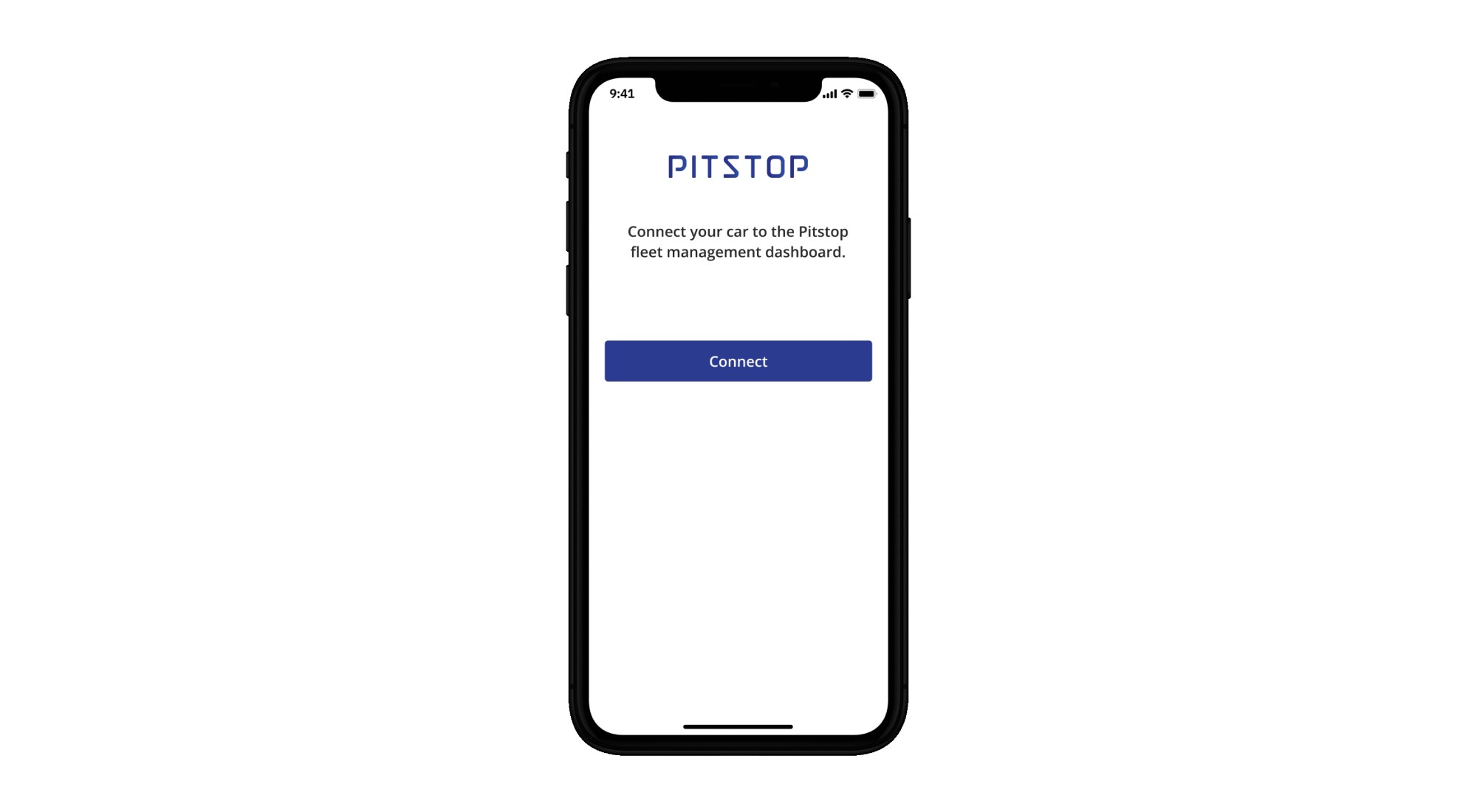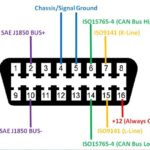Smart cars are becoming increasingly prevalent, and with them, the need to access the OBD2 port for various purposes, from diagnostics to performance tuning. But where exactly is this crucial port located in a smart car? This guide will provide a comprehensive overview of common OBD2 locations in smart cars, helping you quickly connect your diagnostic tools.
Locating a vehicle’s position is crucial for many modern car applications and services. Fleet management software, auto insurance apps, and car-sharing services all rely on knowing where a vehicle is at any given time. This information enables features like real-time tracking, mileage verification, and convenient vehicle location for users.
Historically, locating vehicles relied on methods like OBD-II dongles or smartphone-based tracking. However, these solutions often presented challenges with installation complexity, accuracy concerns, and cost. Application Programming Interfaces (APIs) have emerged as a superior solution for remotely locating vehicles, offering a more streamlined and efficient approach.
Why APIs Excel at Vehicle Location
APIs offer several key advantages over traditional vehicle location methods:
- Ease of Use: APIs provide well-documented instructions and software development kits (SDKs) that simplify integration into existing applications. This user-friendly approach saves development time and reduces the complexity for customers, allowing them to connect their vehicles with minimal effort.
- Affordability: API pricing models, typically based on a Software as a Service (SaaS) structure, allow for cost-effective testing, integration, and scalability. This eliminates the expenses associated with hardware purchases, shipping, and replacements.
- Speed: APIs deliver real-time data instantly, unlike other solutions that may involve delays due to shipping, activation, or data transmission. Customers can authorize their cars quickly, enabling immediate access to live vehicle information.
- Accuracy and Reliability: By communicating directly with the vehicle’s systems, APIs provide the most accurate location data available. This direct connection avoids inaccuracies that can arise from third-party hardware or smartphone-based tracking, ensuring consistent and dependable location information.
Pinpointing the OBD2 Port in Your Smart Car
While APIs provide the digital infrastructure for location services, the OBD2 port remains the physical gateway to accessing your smart car’s data. Its location can vary slightly depending on the specific model. Here are some common places to check:
- Under the Dashboard: The most frequent location is beneath the steering wheel, often tucked away on the driver’s side. Look for a trapezoidal connector.
- Near the Center Console: Some smart car models place the OBD2 port within or around the center console area, possibly hidden behind a panel or cover.
- Passenger Footwell: Occasionally, the port can be found in the passenger footwell area, usually higher up near the glove compartment or under the dashboard on the passenger side.
- Fuse Box: In rarer cases, the OBD2 port might be integrated into or located near the fuse box. Consult your owner’s manual for the precise location of the fuse box.
Using the Smartcar API for Location Services
The Smartcar API exemplifies the power of API-driven location services. It allows developers to retrieve a vehicle’s location with a few simple steps:
- Initiate Connection: The Smartcar Connect flow prompts the user to link their vehicle to your application.
- User Authorization: The user securely logs in with their vehicle credentials and grants permission for location data sharing.
- API Request: Your application sends an API request to Smartcar, which returns the vehicle’s precise location in geographic coordinates (latitude and longitude).

This seamless process highlights the efficiency and accuracy of using the Smartcar API for vehicle location. By leveraging APIs, developers can build innovative applications that provide valuable services to smart car owners.
Finding your smart car’s OBD2 port is essential for diagnostics and maintenance. By understanding the common locations and utilizing tools like the Smartcar API, you can harness the full potential of your smart car’s connected capabilities. Consult your owner’s manual for the precise location of the OBD2 port in your specific smart car model.
